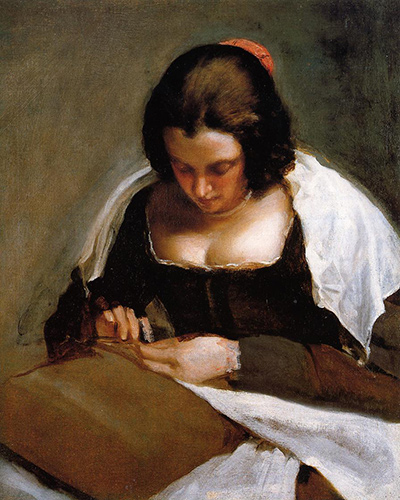Diego Velazquez Paintings
The splendid royal court of Philip IV of Spain was made even more splendid by the art of the official court painter, Diego Velazquez. Thanks to the artist's suggestive yet realistic art, especially royal portraits, we have a detailed and valuable chronicle of royal court life in seventeenth century Spain.
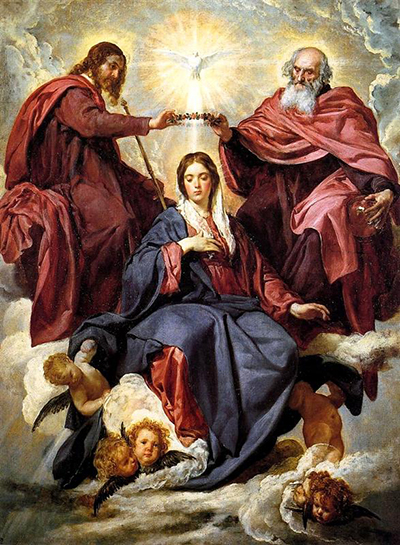
Diego Velazquez was born in Seville, Spain, in 1599. His artistic talent became evident when he was apprenticed to the artist Francisco Pacheco. He was very young, eighteen years old, when he married Pacheco's daughter and started to develop his own style which displayed a startling realism. Most of his early sketches or paintings were naturalistic still life compositions. In 1622, he moved to Madrid and became the official painter at the court of King Philip IV. These were fertile years when he produced his finest paintings. At the royal court, he happily dedicated himself to portraiture, his speciality, as well as group portraits and religious paintings. He made two trips to Italy to study the High Renaissance artists.
He died in 1660 of a fever and was buried in the church of San Juan. Unfortunately, the church was destroyed by Napoleon's troops in 1811, and the location of the grave is lost. Baroque art flourished roughly between 1600 and 1750 and Velazquez was one of the main exponents of this highly dramatic artistic style. Indeed, a sense of drama and an emotional response in the viewer were the main aims of Baroque art. Other notable painters of around this time included Da Vinci and Michelangelo from the Renaissance, plus Caravaggio, who was closer to the time of Velazquez.
It is a natural, realistic art form with an accentuated grandeur and a certain sensuality. Dramatic effects are achieved with a liberal use of chiaroscuro and the juxtaposition of light and dark and shadow. Velazquez painted many official court portraits in formal settings but there is nothing static about his paintings. The artist's interpretation of the Baroque style, using light to highlight certain points in the picture, lent a dynamic feel to even the most carefully posed portrait. The artist was known to use an undercoating of even white and then paint directly onto the undercoat, wet on wet. It seems Velazquez was an artist in a hurry, certainly he was fast, sometimes completing a portrait in one sitting.
Rather than follow the usual procedure of producing a painting over days, letting it dry multiple times, he could finish a portrait in one sitting of 6-8 hours, letting it dry once, and that was it. This fast technique is sometimes called "alla prima", meaning "at the first attempt", in cinematographic terms we could compare it to "take one". This speed of execution indicates that Velazquez had a steady hand and a clear vision. Valezquez was the quintessential Baroque portrait artist. To fully appreciate the chiaroscuro effect and the play of light and shadow, Velazquez paintings are best viewed from a certain distance. Up close the backgrounds appear vague and fuzzy; taking a step backwards makes the foreground figures, which are brighter and more sharply defined, stand out against an elusive yet solidly detailed backdrop.
Las Meninas
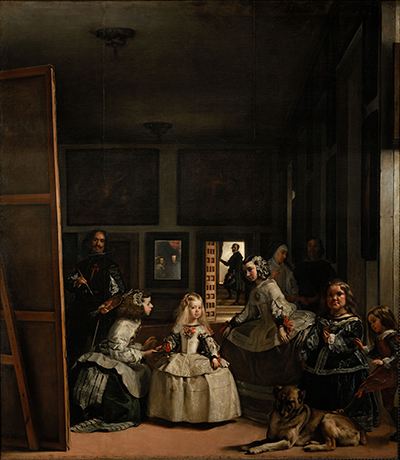
Portrait of Pope Innocent X
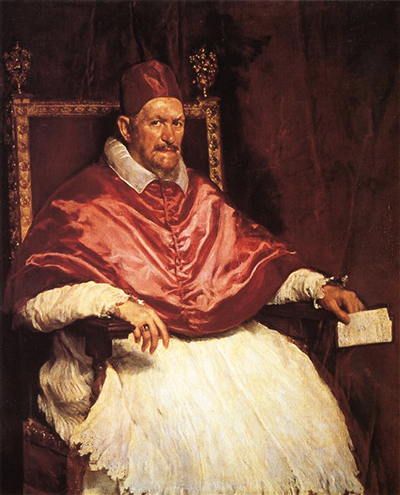
Coronation of the Virgin

Philip IV in Brown and Silver
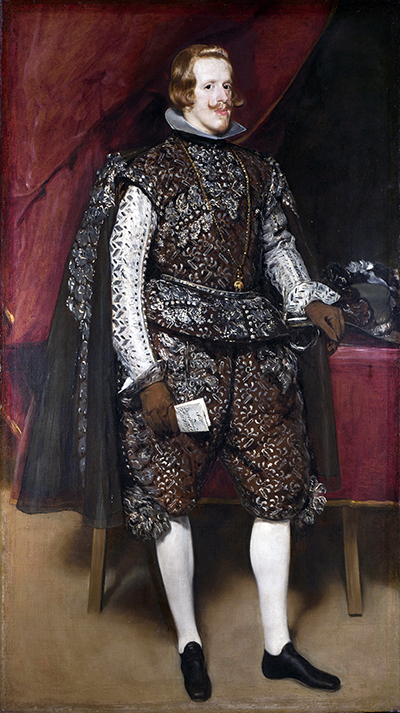
Portrait of Sebastian de Morra
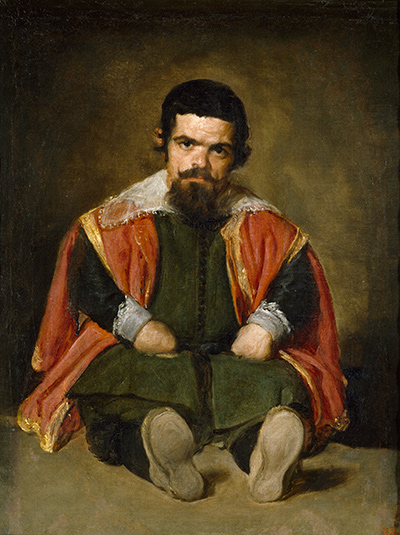
Head of an Apostle
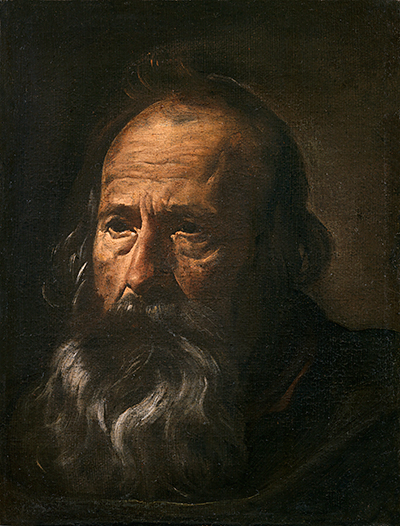
Immaculate Conception Diego Velazquez
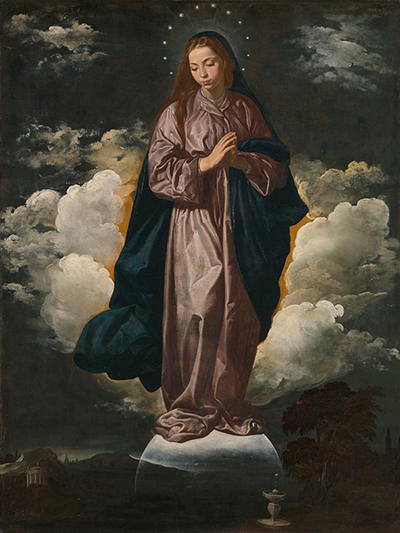
Infanta Margarita Teresa in a Pink Dress
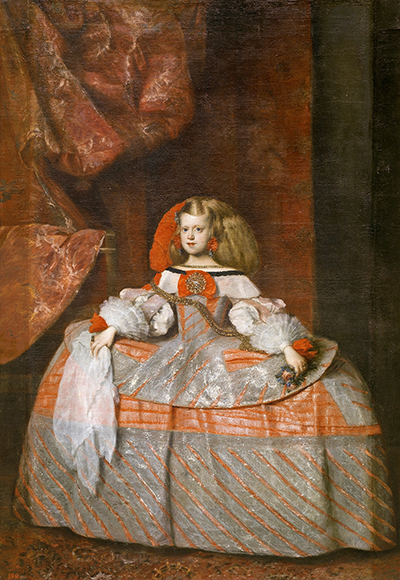
Aesop
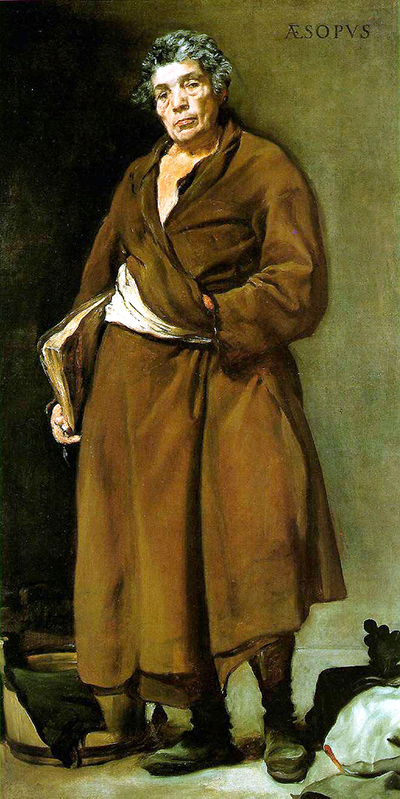
The Lunch
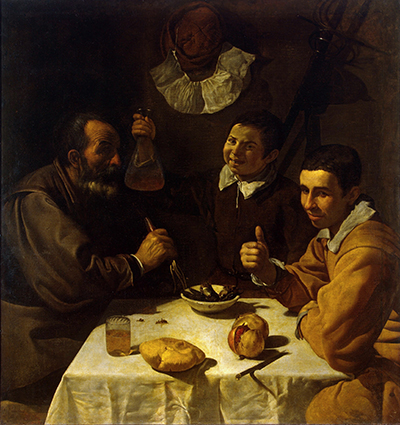
Infanta Margarita
 Diego Velazquez.jpeg)
Rokeby Venus
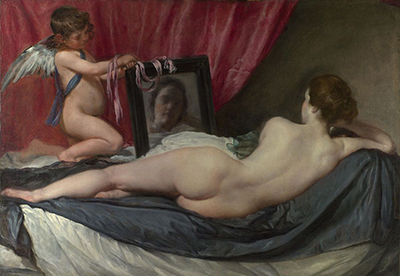
Philip IV on Horseback

Portrait of Juan de Pareja
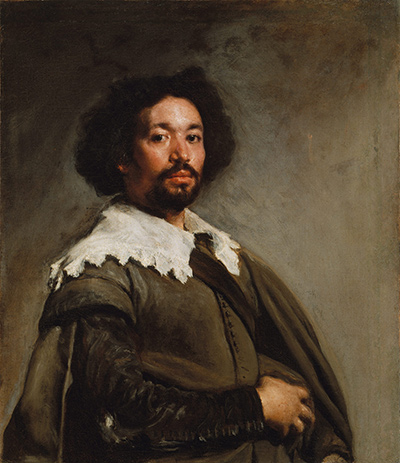
Las Meninas

Juana Pacheco
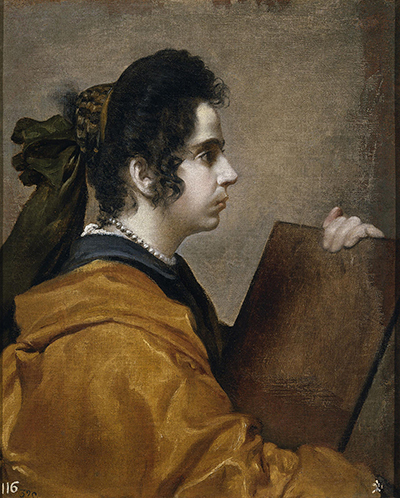
Infanta Margarita Teresa in a Blue Dress
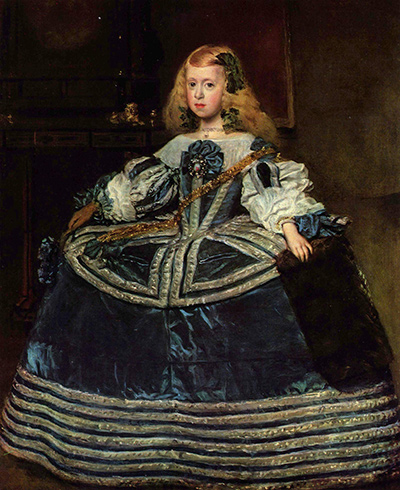
Equestrian Portrait of the Count Duke of Olivares
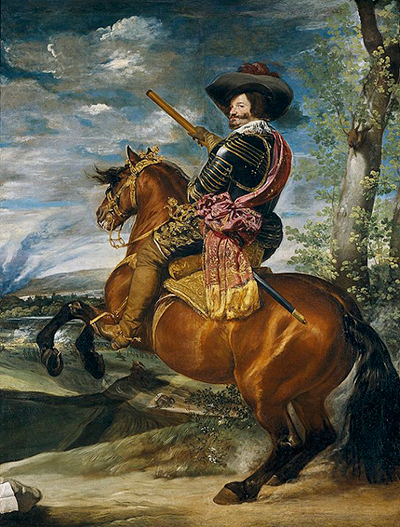
The Forge of Vulcan
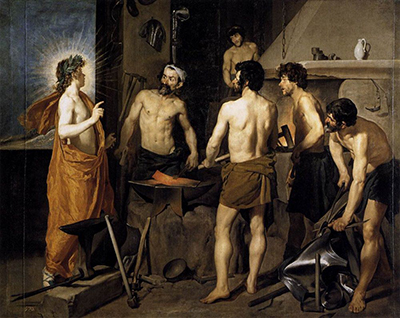
Three Musicians
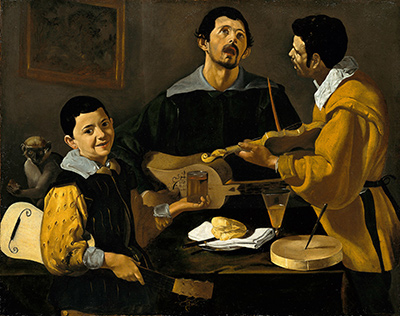
Self Portrait
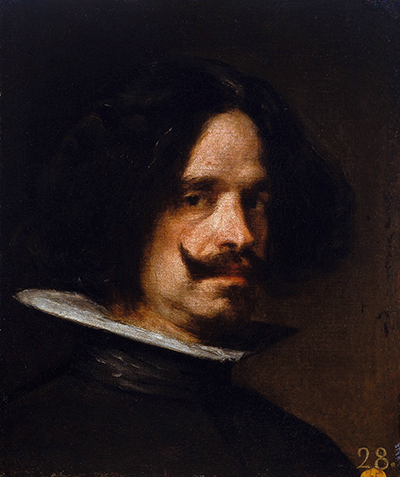
The Spinners
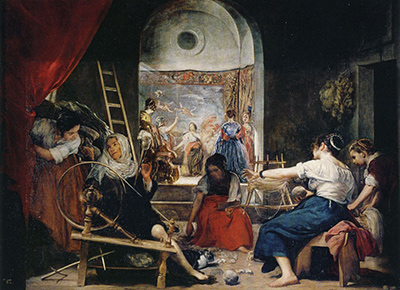
The Surrender of Breda
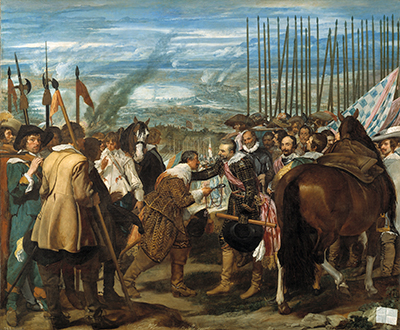
The Water Seller of Seville
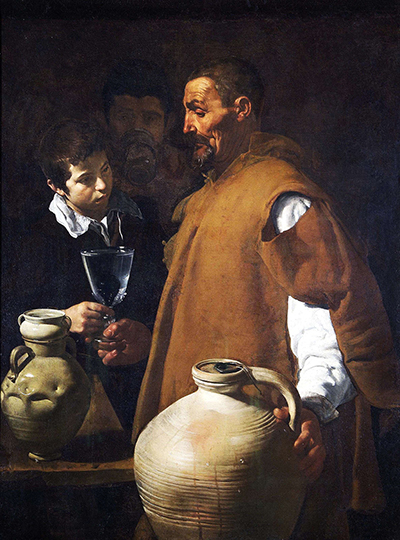
White Horse
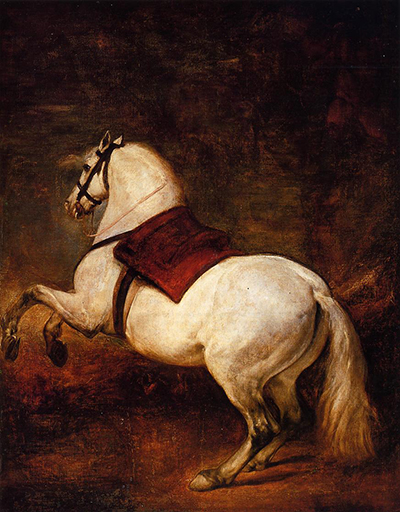
Old Woman Frying Eggs
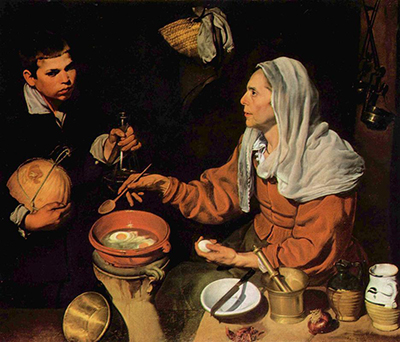
Portrait of Francisco Pacheco

Triumph of Bacchus
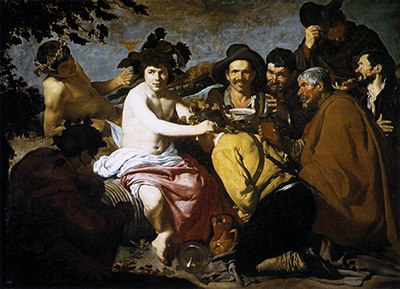
The Lady with a Fan

Christ Crucified
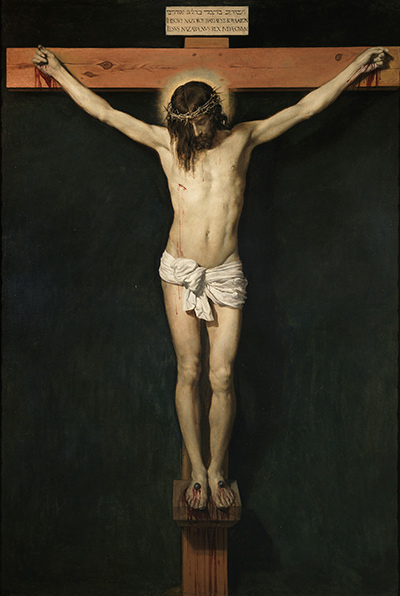
Needlewoman
